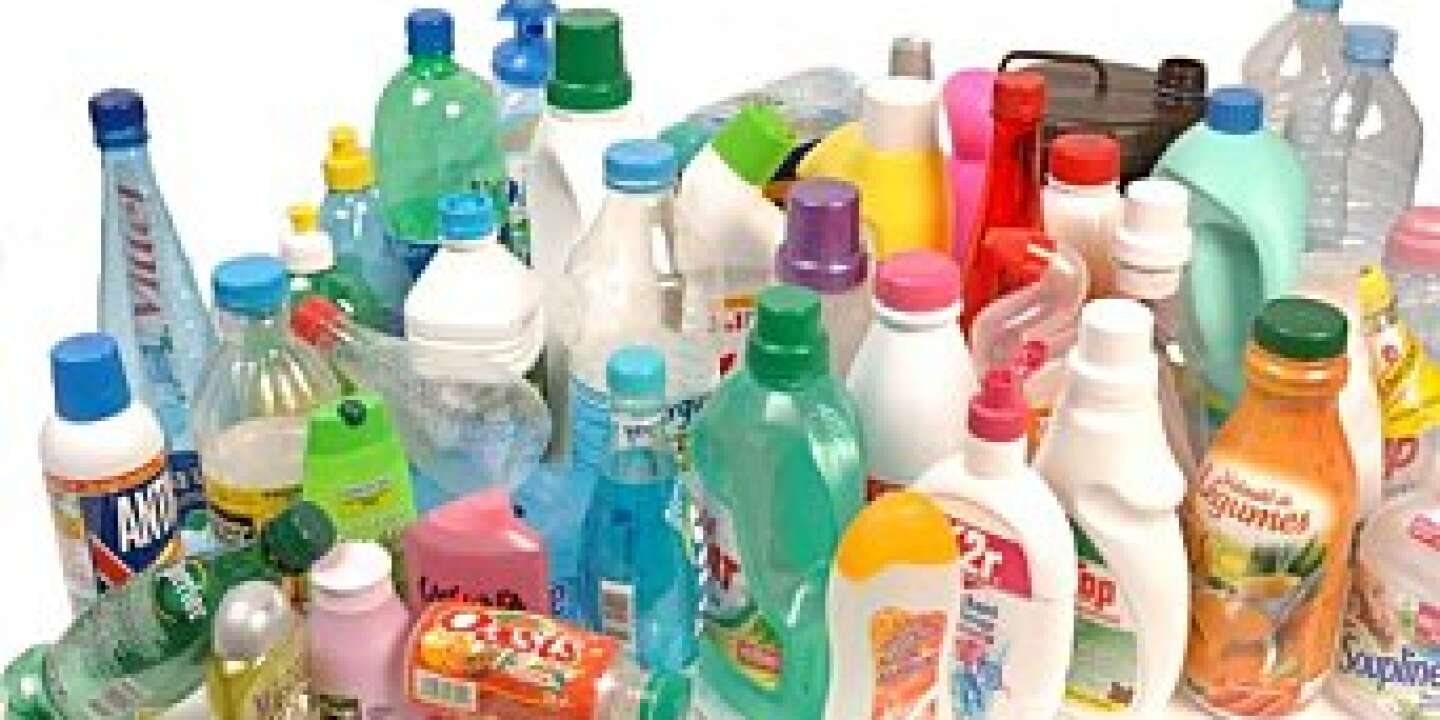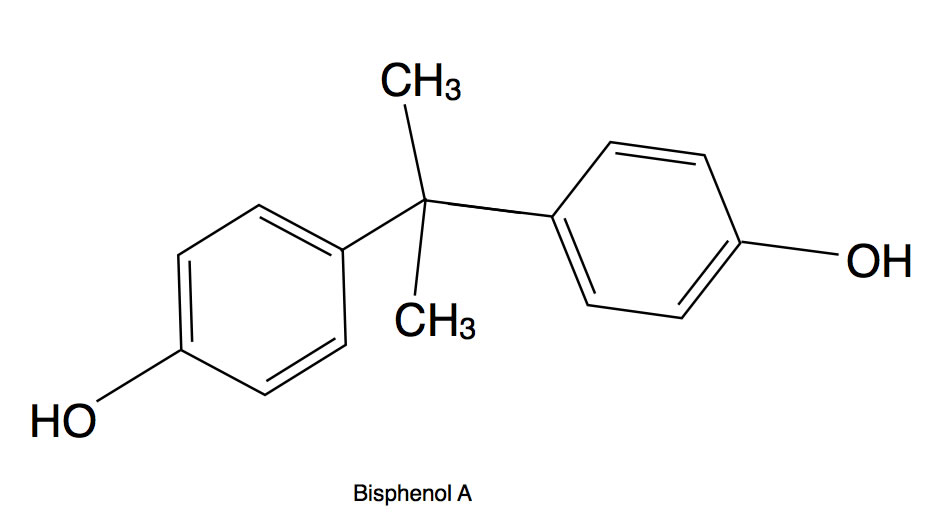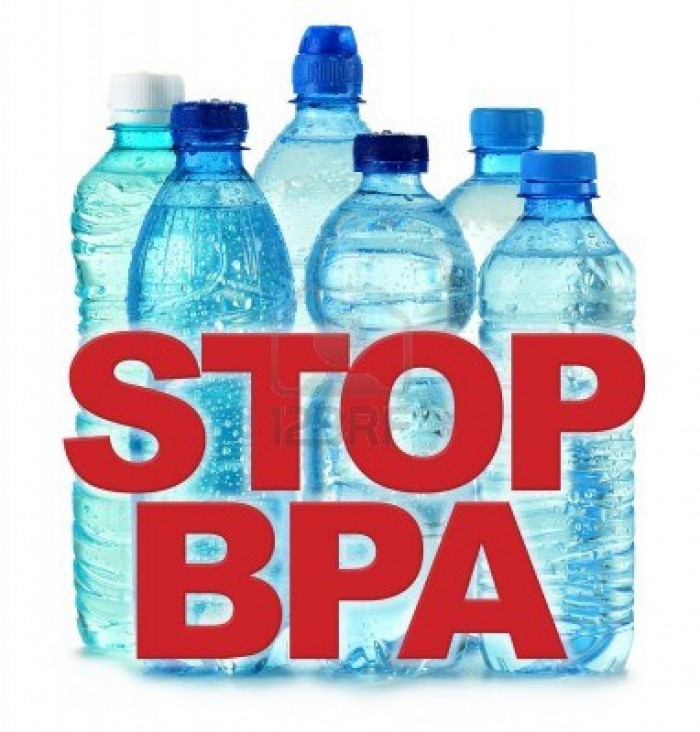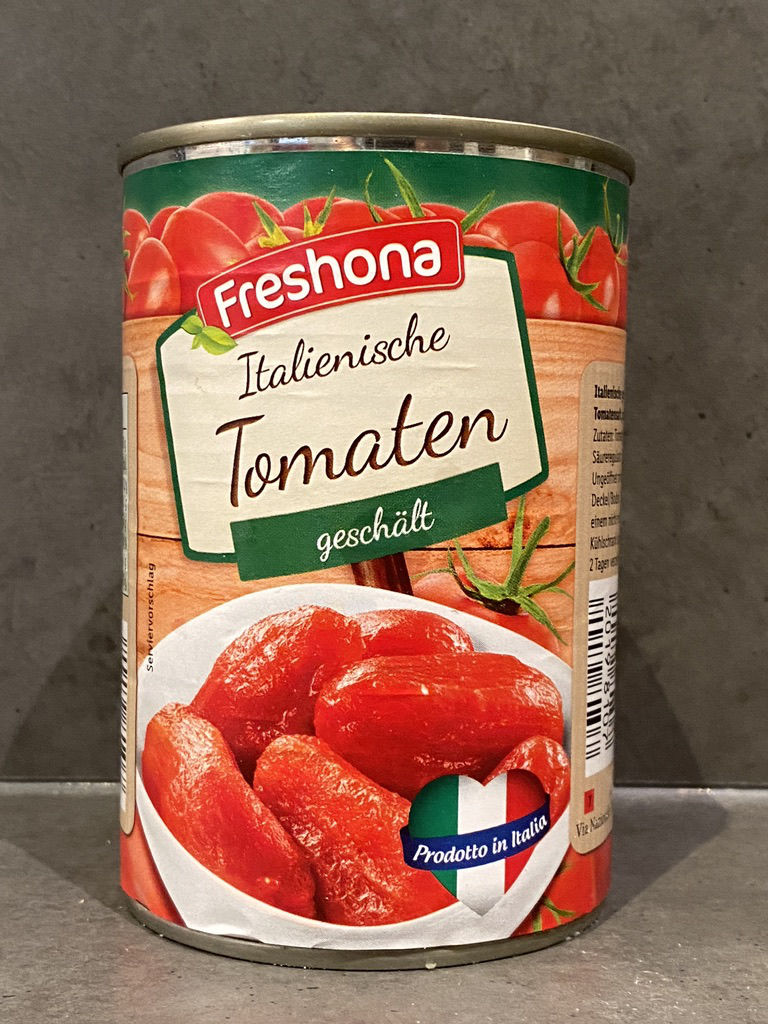
Dosentomaten im Test Welche Tomaten zum Kochen am besten schmecken
Bisphenol A is a compound commonly found in products meant for daily use. It was one of the first compounds to be identified as an endocrine disruptor that was capable of disrupting the endocrine system and producing very similar effects to those of metabolic syndrome.

What Is Bisphenol A (BPA) & How To Reduce Exposure To It? Dr.Berg YouTube
The CEP Panel suggests lowering the amount of BPA that can be "ingested daily over a lifetime without appreciable risk," known as the tolerable daily intake (TDI), from 4 micrograms per kilogram of bodyweight per day (µg/kg/day) to 0.00004 µg/kg/day. In 2015, EFSA changed the TDI of bisphenol A from 50 to 4 µg/kg/day but published an.

Chemical structures of Bisphenol A (upper panel) and Bisphenol S (lower... Download Scientific
Nudeln mit Tomatensoße sind in Deutschland sehr beliebt. Dafür werden oft Tomaten aus der Dose verwendet. Doch die sind fast immer mit Bisphenol A belastet, wie „Öko-Test" zeigt. Das.

L'interdiction du bisphénol A dans les contenants alimentaires définitivement adoptée
Inhalt auf Basis der Testergebnisse von ÖKO-TEST*. ÖKO-TEST hat Dosentomaten getestet. Dabei haben die Experten ordentlich Kritik, denn: 18 von 20 enthalten ein Hormongift. Unabhängig und.

Bisphenol A
Overview & Updates. BPA (Bisphenol A) is a chemical used in certain food contact materials and first approved by FDA in the early 1960s. In recent years, concerns have been raised about BPA's.

Dosentomaten im Test Im Test derStandard.at › Lifestyle
In 1997, the first in vivo bisphenol A (BPA) study by endocrinologists reported that feeding BPA to pregnant mice induced adverse reproductive effects in male offspring at the low dose of 2 µg/kg/day. Since then, thousands of studies have reported adverse effects in animals administered low doses of BPA.

bisphenols Medicatrix
Bisphenol A ( BPA) is a chemical compound primarily used in the manufacturing of various plastics. It is a colourless solid which is soluble in most common organic solvents, but has very poor solubility in water. [2] [7] BPA is produced on an industrial scale by the condensation reaction of phenol and acetone.

Bisphenol A. Chemical formula. Infographics. Vector illustration on isolated background Stock
Bisphenol A (BPA) is an organic synthetic compound serving as a monomer to produce polycarbonate plastic, widely used in the packaging for food and drinks, medical devices, thermal paper, and dental materials. BPA can contaminate food, beverage, air, and soil.

The Dangers of Bisphenol A and What to Do About It Bottle, Uses for plastic bottles, Plastic
Hauptproblem bei den Dosentomaten ist Bisphenol A (BPA). Grund für die verheerend hohen Werte sind neue Grenzwerte. Öko-Test hat geschälte Tomaten genauer unter die Lupe genommen und im Labor untersuchen lassen.

BISPHÉNOL A PREMIÈRE PREUVE D'EFFET SUR LA REPRODUCTION MASCULINE HUMAINE
Some canned tomato products like pasta sauce or salsa are packed with added sugars and salt. Another concern over canned fare is exposure to bisphenol A (BPA), an industrial chemical used in metal.

Bisphénol A ce qu’il faut savoir Santé Magazine
Bisphenol A (BPA) wird zum Problem in Dosengemüse: Alle geschälten Tomaten aus Dosen in unserem Test überschreiten die Tagesdosis, die nach neuesten Erkenntnissen als unbedenklich gilt. Nur zwei Glaskonserven sind dagegen sauber. Was ist da los? Sie wollen die Testergebnisse? Jetzt kaufen!

Bisphénol A quels produits en contiennent
What is Bisphenol A? BPA is a high production volume (HPV) chemical widely used in manufacturing polycarbonate plastics and epoxy resins used in nearly every industry. Humans appear to be exposed primarily through food packaging manufactured using BPA, although those products account for less than 5 percent of the BPA used in this country.

Tomaten im Test Das sind die besten Dosentomaten
Bisphenol A (BPA) is a synthetic chemical widely employed to synthesize epoxy resins, polymer materials, and polycarbonate plastics. BPA is abundant in the environment, i.e., in food containers, water bottles, thermal papers, toys, medical devices, etc., and is incorporated into soil/water through leaching. Being a potent endocrine disrupter, and has the potential to alter several body mechanisms.

Dosentomaten im Test 18 von 20 Produkten enthalten Hormongift Leben & Wissen BILD.de
bisphenol A (BPA), a colourless crystalline solid belonging to the family of organic compounds; its molecular formula is C 15 H 16 O 2.BPA is best known for its use in the manufacture of polycarbonate plastics and epoxy resins, particularly those found in water bottles, baby bottles, and other beverage and food containers. It is also widely known for its tendency to leach from those products.

Bisphenol A How to reduce BPA exposure from food SFGate
Bisphenol A (BPA) Factsheet. Bisphenol A (BPA) is used to manufacture polycarbonate plastics. This type of plastic is used to make some types of beverage containers, compact disks, plastic dinnerware, impact-resistant safety equipment, automobile parts, and toys. BPA epoxy resins are used in the protective linings of food cans, in dental.

Bisphenol A, For Industrial, Grade Technical at best price in Chennai ID 22570897055
Brent A. Bauer, M.D. BPA stands for bisphenol A, an industrial chemical that has been used to make certain plastics and resins since the 1950s. is found in polycarbonate plastics and epoxy resins. Polycarbonate plastics are often used in containers that store food and beverages, such as water bottles. They may also be used in other consumer goods.